The highly anticipated TV show “Dancing Queens” was finally aired on May 9. It has seven episodes – one down, six to go. This is a critical review of Episode 1 (plus all the previews). I do it not because it deserves a review, but because it distorts the industry of ballroom dancing so much that the gap between this reality TV show and the reality must be clearly understood before it is too late.
1. Overview
Overall, it is a mediocre reality show on a mediocre TV channel (i.e., Bravo). Three highlights:
- The six ladies in the show are all beautiful and accomplished in ballroom dancing.
- It is a reality show, enhanced dramatically and comically, thus unique in many ways. Very importantly, many ballroom dancers in America, like me, may find themselves easily relatable to the show.
- If DWTS (Dancing with the Stars) has been a huge cake for the industry, this show is the sugar on the cake, making it especially delicious for some but too sweet to eat for others.
Specifically, here are three open secrets further revealed via the show:
- Ballroom dancing is a business and pro/am (in which a professional and an amateur dance together as a couple) is where money is – It can be expensive for the amateur, easily costing more than $100,000 a year if s/he is seriously committed to it.
- It is a partnership between a man and a woman, requiring a “march,” both emotionally and physically, if you want to dance well as a couple. Oh, yes, get in shape, if you want to dance to your full potential.
- It is 50/50 dancing/judging. As a result, “all is fair in ballroom dancing,” as one lady in the show correctly states.
2. Ballroom dancing in America (and Canada)
Four perspectives:
- Ballroom dancing and me
- Age-groups
- Who is a “queen” or “king”?
- Canada.
Let me elaborate on each …
2.1 Ballroom dancing and me
I love ballroom dancing! It is the best thing happened to me over the past decade. For example, it helps me stay fit, as highlighted by the two photos below.
Below are three recent publications of mine, highlighting the industry and my involvement.
2.2 Age-groups
A ballroom dance competition is typically divided into five age-groups as follows:
- A (age 16-35): Covering an age range of 20 years, this group is a minority for a key reason: Few have both the time and money required in ballroom dancing.
- B (age 36-50): Covering an age range of 15 years, this group is still a minority for one key reason: parenting – Many folks are too busy with it. Oh, if you can start dancing in this group, good for you!
- C (age 51-60): This group is by far the majority for a good reason: parenting – Many folks have more time and money for themselves after the children are out.
- S1 (age 61-70): This group is second to C in terms of participation, as many folks like me just keep it going after aging up from group C.
- S2 (age 71+): This group is a minority, as many folks fade away over time.
2.3 Who is a “queen” or “king”?
For me, to be a “queen,” you must win the Open (i.e., Gold & above) Scholarship in a major competition at least. To be a “king,” you must win the Gentlemen Open Championship in a major competition at least.
In 2022, there were some 130 dance competitions (aka “events”) in America, including Tri-State highlighted in Episode 1.
Which one, then, is a major competition?
In my humble option, it is these two (in this order):
- OSB (Ohio Star Ball – ohiostarball.com): It is the most popular, with more than 20 thousand entries in 2022, while limiting that you dance only in one age-group.
- USDC (US Dance Championships – unitedstatesdancechampionships.com): It is the most expensive (e.g., $60/dance vs. $45/dance normally), with the implicit message: “show up only if you are good!” Additionally, it gives out the title of the “US champion,” which means a lot to some folks.
In short, if you really want to know how well you dance competitively, show up at these two competitions!
2.4 Canada
It is less than 10% of the US market in total. So, Canada, keep your ego in check! For example, oftentimes a Canadian champion (pro/pro or pro/am) has a hard time to make into the final in America.
Oh, Sabrina, the sole Canadian lady in the show, the word “frenemy” to describe a dance friend may be popular in Canada, but it is just too dramatic in America. Instead, American ballroom dancers are more familiar with a description like “dancing sisters,” exemplified by the photo below: The six finalists in Latin (Group C) at Emerald Ball 2023 – They face each other at major competitions all the time. Yet, they remain friendly and call themselves “dancing sisters!”
3. The “Dancing Queens,” really?
No, not by the definition above, except for Sabrina Strasser!
As a reality show, only one of the six ladies in the show deserves to be called a “queen”! Two main reasons:
- They all belong to age-group B, a minority group.
- There is no record showing any of them winning anything at the USDC or OSB!
Having been enhanced dramatically, the reality show is over the top oftentimes. For example, it is just too self-indulging and overly dramatic for Donie Burch to say “I am not looking for a gigolo.” It may even be insulting to the industry in which the male instructors do so much better than their female counterparts, thanks to the large number of female students!
Having been enhanced comically, it is too funny oftentimes. Two examples:
- For any lady in her 40s to act as a Mama to a professional instructor is just too comical, not real.
- Donie Burch is by far the most dramatic and comical figure in the show. For example, she cries for not having a Latin look but claims to be the best dancer. Fact-check: She recently competed at the Emerald Ball (emeraldball.com/#), without finishing the best at all! Oh, she should be congratulated for winning the Rising Star (in both Smooth and Latin), but that is still far away from making the final in a Scholarship at the Emerald Ball, let alone winning at the USDC or OSB!
Who, then, are the real queens and kings in ballroom dancing in America?
4. Two real queens and two real kings
Here are two real queens and two real kings in ballroom dancing in America:
- Lynn Magnesen
- Scott Magnesen
- Giovanni Fortezza
- Nichelle Kennedy.
Let me briefly highlight each …
4.1 Lynn Magnesen
After getting married in her early 20s, Lynn devoted herself to raising her four sons as a “soccer Mom” until she turned 50, when she started looking for a new life for herself, as all the children were out. She found it in ballroom dancing!
With total dedication, on top of her teenage training as a ballerina, Lynn rocketed to the top quickly, dominating in Rhythm, Latin, and Smooth in her age-group C.
After turning 61, instead of dancing in her new age-group S1, Lynn chose to “dance down” by staying with age-group C, in order to be most competitive. She continued to dominate until a back injury right before USDC 2022.
Lynn is back now and let us see how far she will go. One thing is for sure: She can easily dominate in age-group S1, without dancing down in age-group C.
Behind Lynn’s success is her husband named Scott.
4.2 Scott Magnesen
Scott was born to dance: He is a showman, rock-n-roll musician, and successful businessman!
Scott and Lynn started ballroom dancing at the same time. He became a “king” slightly later than she became a “queen.” In his late 50s, Scott started dominating in Rhythm, Latin, and Smooth (Gentlemen, age-group C), which continues to date in his current age-group S1.
The image below highlights how I have been chasing Scott over the past few years.
4.3 Giovanni Fortezza
Giovanni is different from Scott in two major ways:
- Unlike Scott who started ballroom dancing in his 50s, Giovanni danced throughout his 40s.
- Giovanni is a specialist in Rhythm, while Scott does Rhythm, Latin, and Smooth.
Giovanni dominated in Rhythm for more than a decade, defeating all the men and women in his way to win at the USDC and OSB for 10 consecutive years until USDC 2022, when he was second to Nichelle Kennedy.
4.4 Nichelle Kennedy
Nichelle started ballroom dancing in her 40s, while parenting her two young daughters.
With total dedication, on top of her teenage training as a gymnast, Nichelle rocketed to the top quickly, dominating in Rhythm, Smooth, and Latin in her age-group, initially B and now C. Additionally, as a former iron-man (aka “triathlon on steroid”) athlete, she has incredible stamina, often dancing both age-groups B and C in a competition, with great results.
In this dance-sport, if Lynn has an advantage over many in dance, Nichelle has it in sport.
Currently, Nichelle is arguably the best amateur ballroom dancer in America, as highlighted below:
- She won Rhythm in both age-groups B and C at USDC 2022, and she won Rhythm in age-group C at OSB 2022.
- She won 9-dance at both the USDC and OSB with dominance three years in a row (2019, 2021, and 2022). What about 2020? Both USDC 2020 and OSB 2020 were cancelled, thanks to Covid-19.
- She was in all the finals in Smooth and Latin at both the USDC and OSB over the past few years.
4.5 Summary
With the highlights of two real queens and two real kings, ask yourself this question: Can any of the six ladies in the show possibly match them in achievement?
No, not even remotely close!
5. Discussion
Now, let me put two previous images side by side for comparison.
The six ladies on the left represent a minority group. None of them has demonstrated achievements to be a real queen of ballroom dancing in America, except for Sabrina Strasser!
The six ladies on the right represent the majority group. They all are full of demonstrated achievements. For example, in addition to Lynn and Nichelle highlighted earlier, these two ladies can easily be named “real queens” as well:
- Deborah Wright: She has dominated in Latin for years, winning at the USDC and OSB multiple times.
- Sophia D’Angelo: She is arguably the best amateur ballroom show dancer in America, on top of being a winner in Smooth.
6. More discussion
A reality TV show like “Dancing Queens” need not be real all the time. But it must not be too fictional like this one is. The core problem of this show starts with the title as follows:
- If you replace the word “queens” with any other word in the title, there would be no story to tell.
- If you keep it, you distort the industry so much that the show becomes a fiction: Any lady can be called a “dancing queen” if she just participates as a dancer!
To me, a reasonable title for this reality show should be something like this: “Ballroom dancing and six lady dancers.” But that would not sell. So, either way, this show is doomed from the start, for lack of contents – Five nobodies were named to be queens, with Sabrina being the exception!
In contrast, a very good reality TV show can be made if you focus on (1) one of the real queens or kings, or better, (2) Lynn and Scott as a married couple in competitive ballroom dancing.
7. Still more discussion
Ballroom dancing is a thriving business in America and I am happy to be a part of it. Let us all work hard to find ways to make it even better, while rejecting distortions like this reality show does.
Yet, despite its tremendous growth over the past few decades, ballroom dancing remains a niche market in America, and will continue to be so for two main reasons:
- It is very expensive.
- It requires a partner, who is often said to be harder to find than a spouse.
Bottom line: There is no way for me to guide my children or any children around me to this dance-sport!
Two informative readings:
Where, then, will the next generation of professional ballroom dancers come from?
Two major ways:
- Importing talents from abroad.
- “They are Russian kids,” as is often matter-of-factly commented by some. More broadly, there are many kids in America with parents from the Eastern Europe – They guide their children to ballroom dancing.
America is big enough for everybody to be successful in something!
8. Closing
Although Episode 1 is mediocre, I plan to watch the remaining six episodes of the show in the coming weeks, just to stay informed.
I wish all the six ladies in the show well and I hope the producer of this reality show is not losing much money over it.
Finally, I hope this article has largely filled the gap between the reality and the reality show.


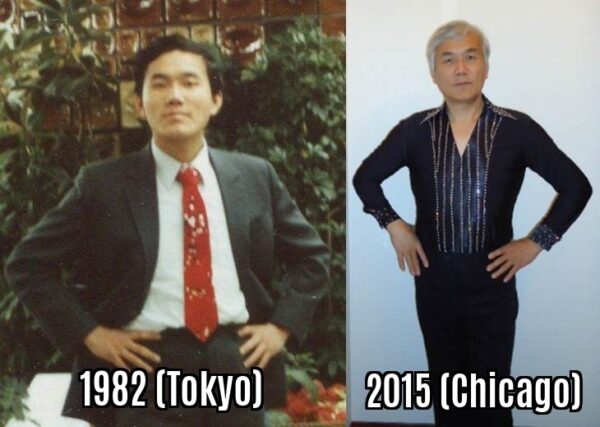

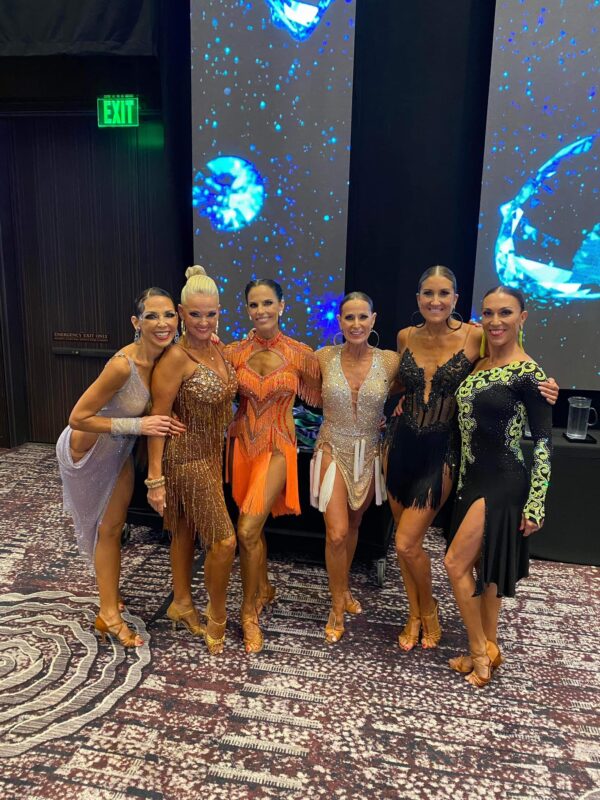
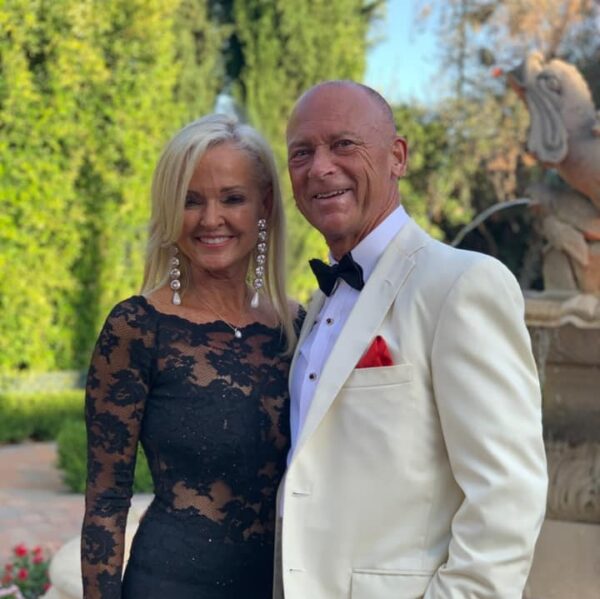
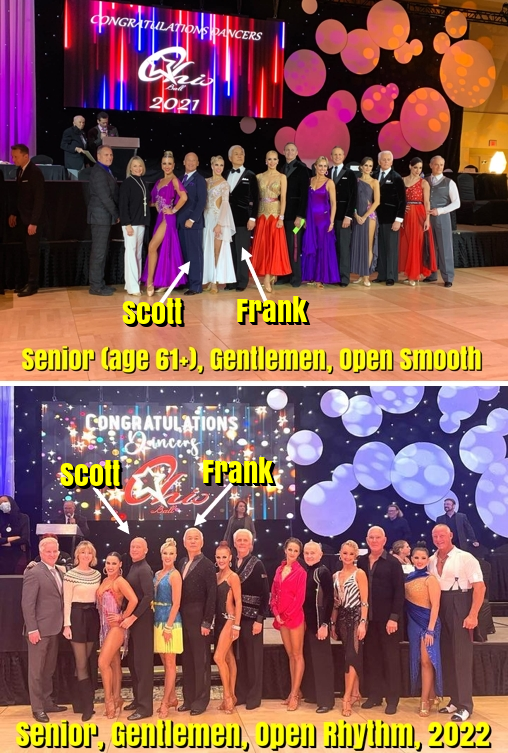
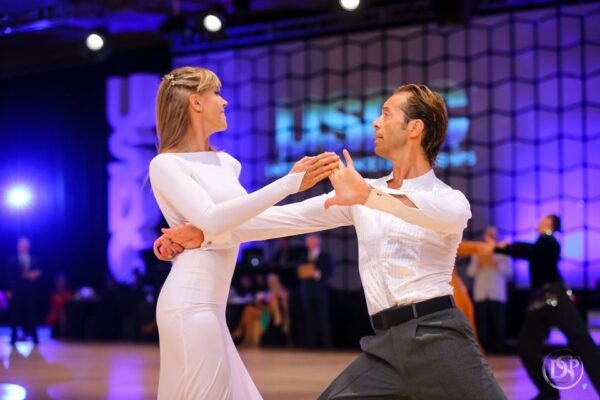

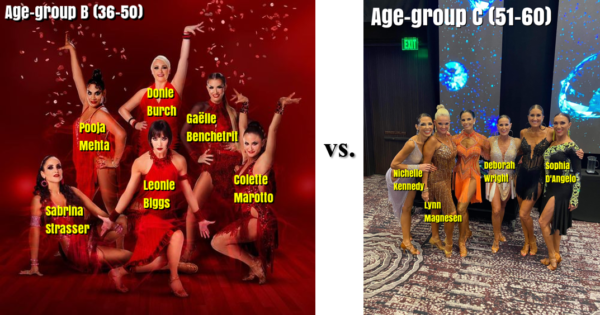

I enjoyed your comments and agree that Bravo missed the mark in episode one of “ Dancing Queens”. Let’s hope the remaining episodes show the dedication and effort dancers put into training for competitions and the beauty and joy of Pro Am dancing.
Thanks for your comment! Let’s all hope the remaining episodes will be better. But I doubt about it, because the show was set on the wrong footing to begin with: Competitive ballroom dancing is competitive. You can’t just name five nobodies to be the queens (with Sabrina being the exception) and make up some stories to sell – There is no story here!